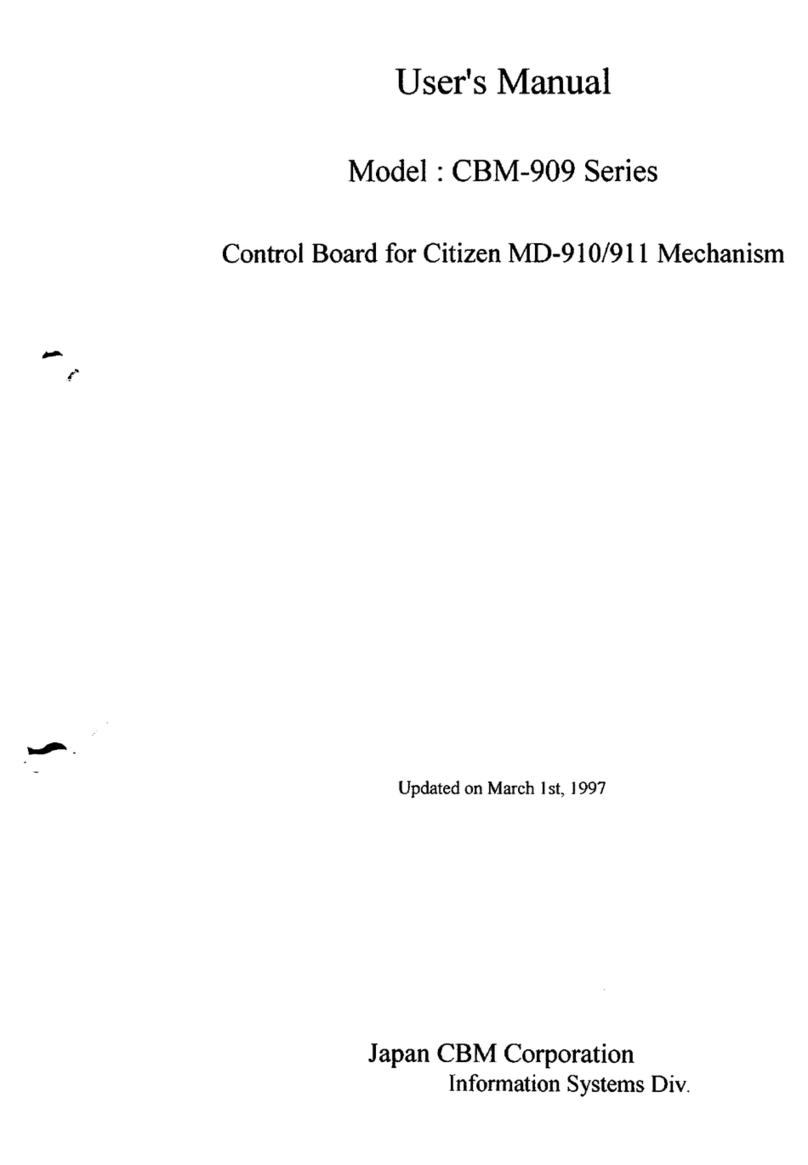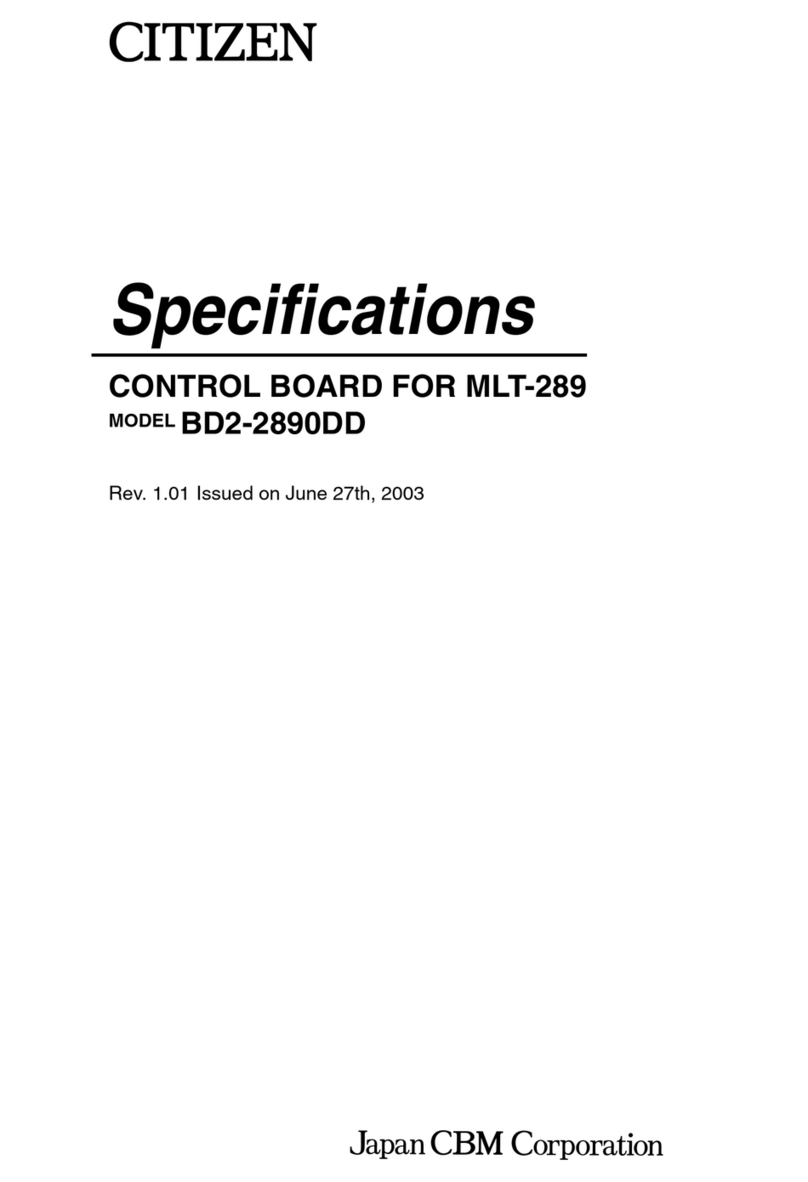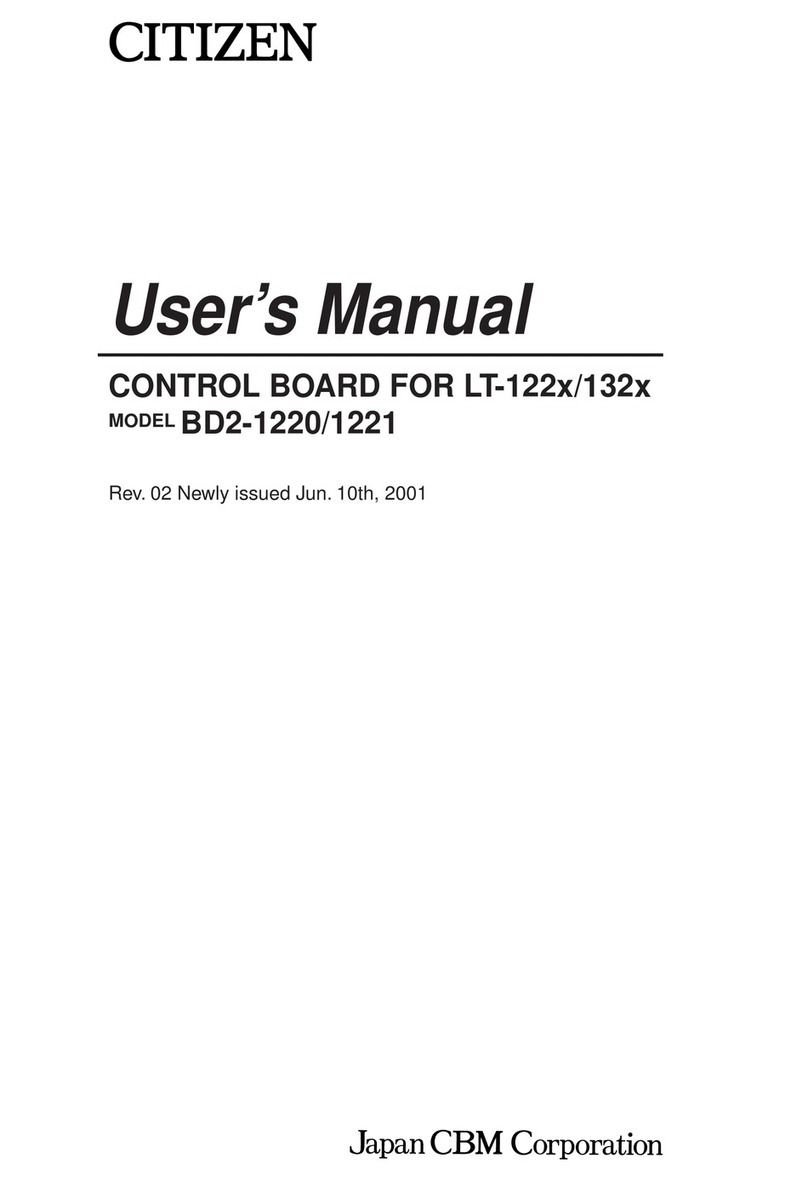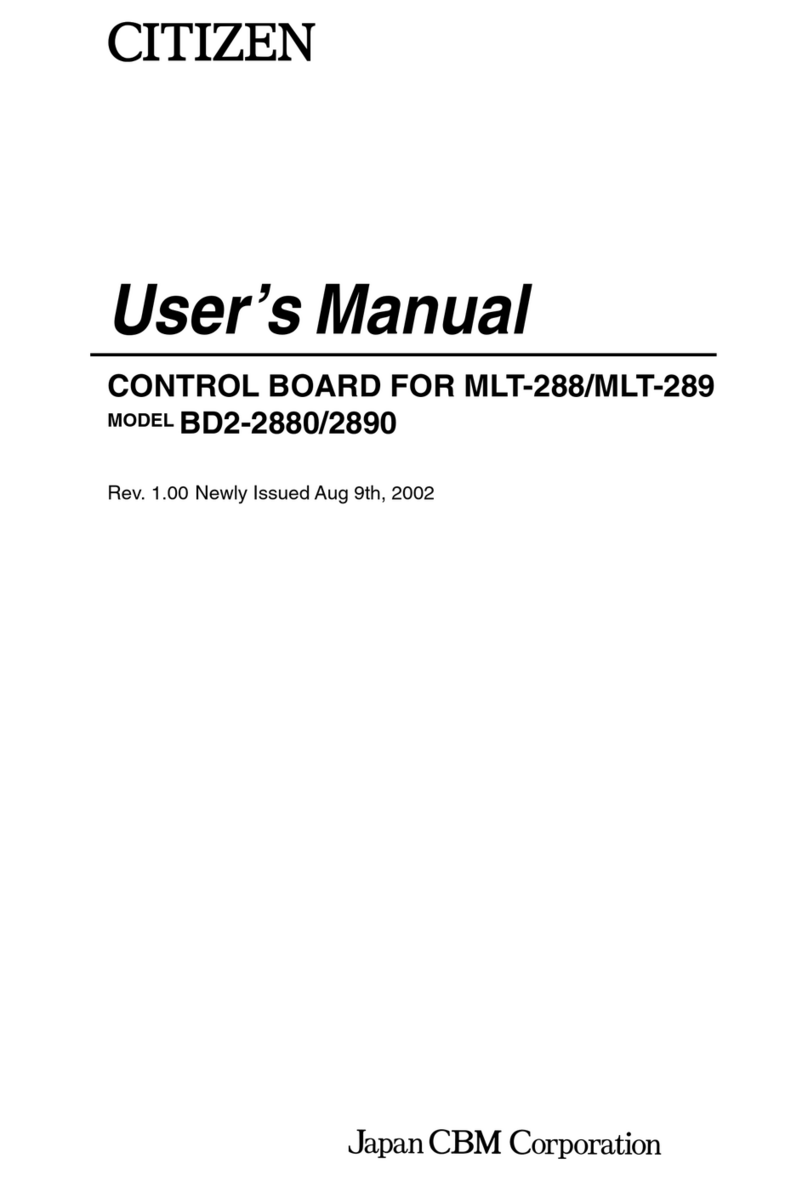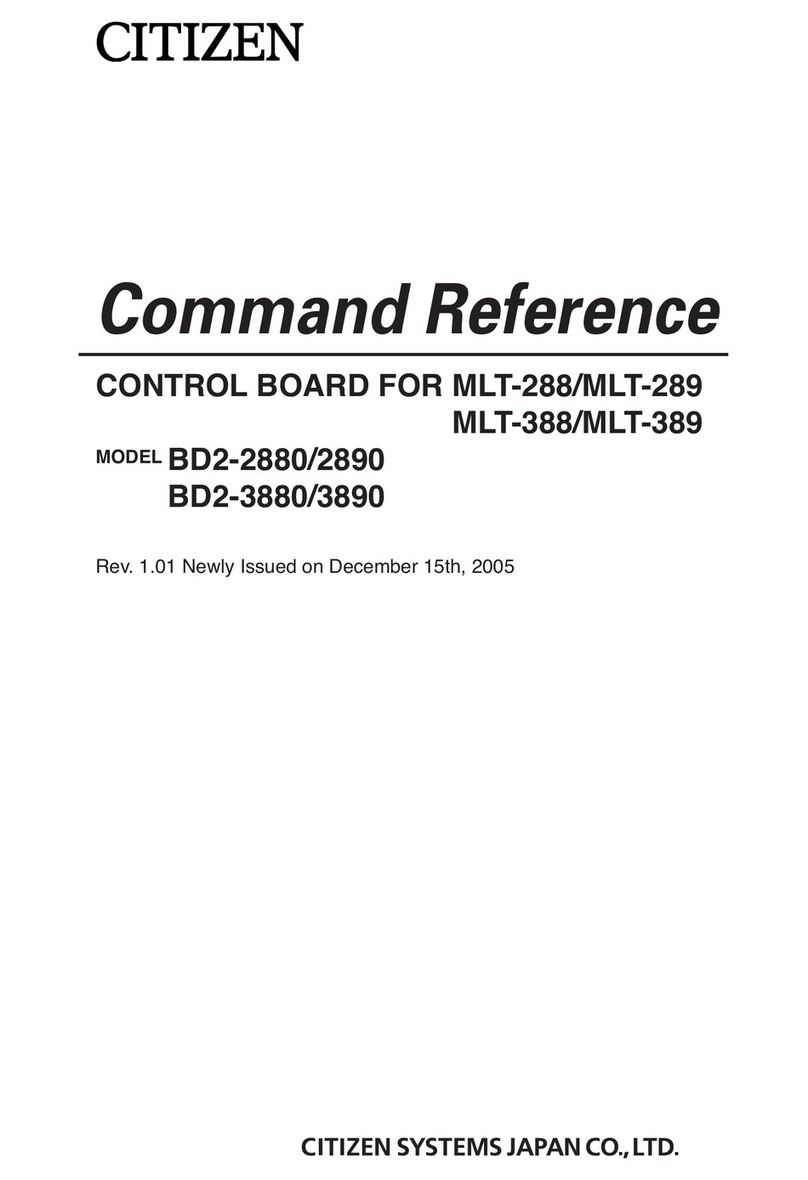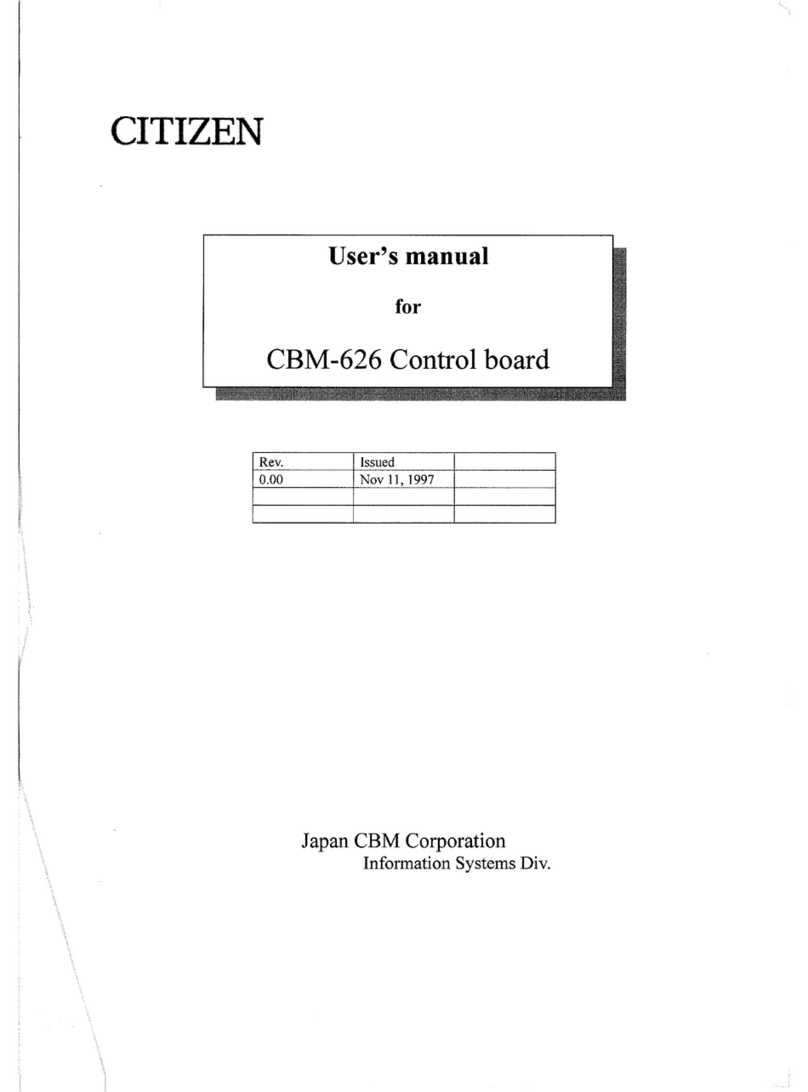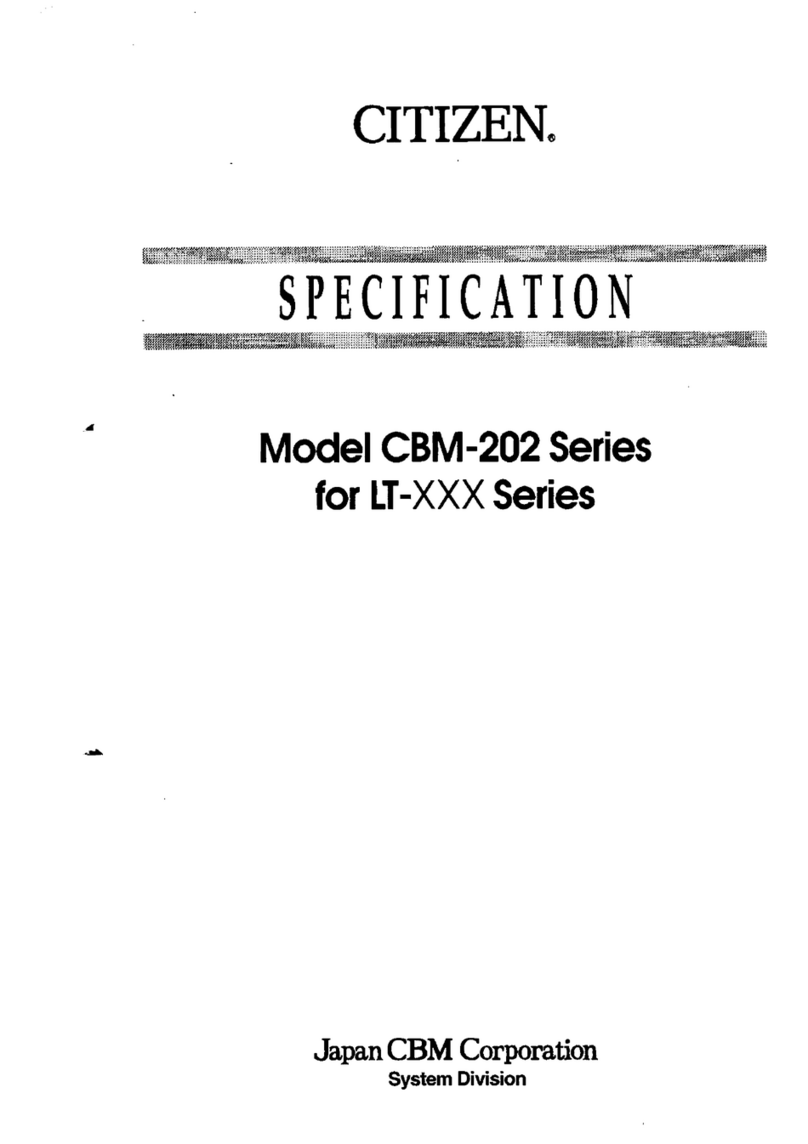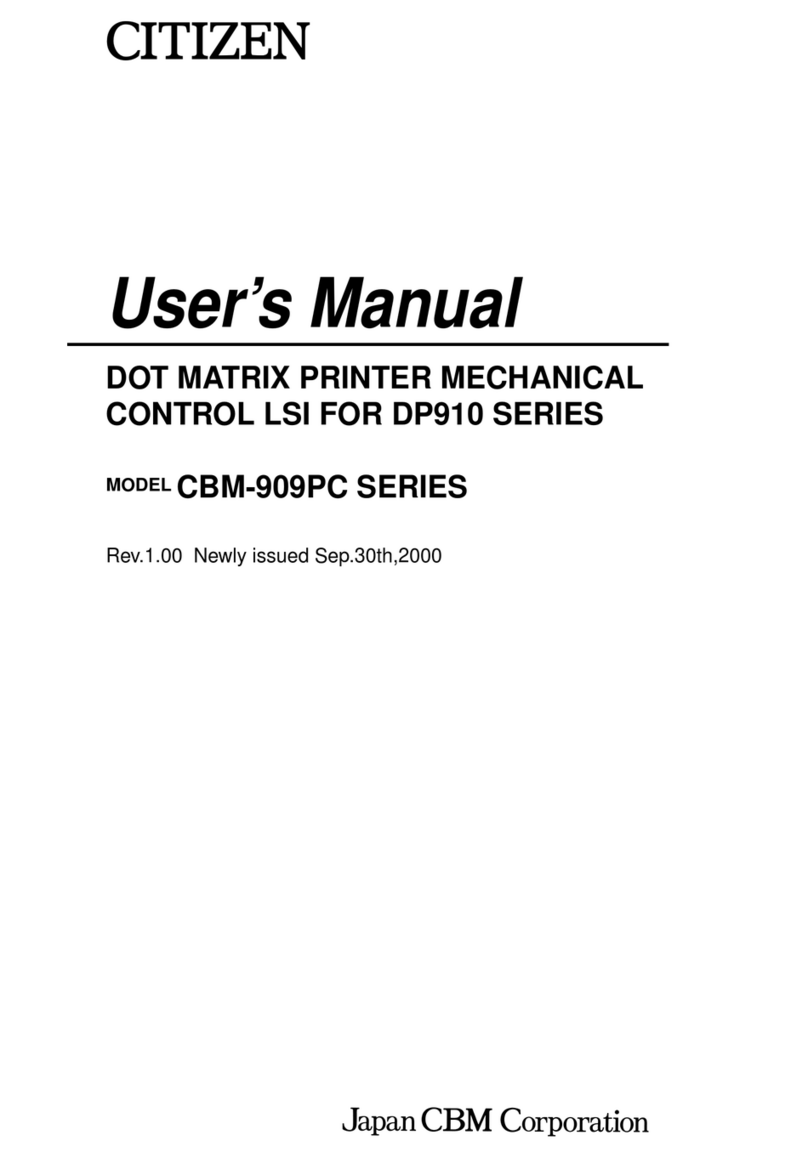
Table of Contents
1. Instructions for Safe Use·················································································1-1
1-1 Warning···················································································································1-1
1-2 Cautions··················································································································1-2
1-3 General Precautions ··································································································1-2
1-4 Cautions regarding Usage Environment ········································································· 1-3
1-5 Maintenance·············································································································1-3
2. Product Overview···························································································2-1
2-1 Outline····················································································································2-1
3. Connection and Installation ·············································································3-1
3-1 Installation of Controller ······························································································3-1
3-2 Connecting to Detector·······························································································3-2
3-3 Changing the Length of the Detector Cable·····································································3-3
3-4 Wiring of Power Supply·······························································································3-5
4. Part Names and Functions···············································································4-1
4-1 Display and Control Keys····························································································4-1
4-2 Main Body················································································································4-2
5. Modes of Use·································································································5-1
5-1 Overall Flow Chart·····································································································5-1
5-2 SUB Display Switching Mode······················································································· 5-2
5-3 Teaching Mode ·········································································································5-3
5-4 Fine Tuning of LOW Setting Values ···············································································5-5
5-5 Fine Tuning of HIGH Setting Values··············································································· 5-5
5-6 Bank Mode···············································································································5-6
5-7 Preset·····················································································································5-8
5-8 Key Lock ·················································································································5-9
5-9 Releasing Key Lock ···································································································5-9
6. Parameter Settings·························································································6-1
6-1 Setting the SET No. Parameters ···················································································6-1
6-1 Basic Settings (BASIC)·······························································································6-5
6-1-1 HIGH Setting Value (HI.SET)··············································································6-5
6-1-2 LOW Setting Value (LO.SET)·············································································· 6-6
6-1-3 Hysteresis (HYSTER) ·······················································································6-7
6-1-4 Teaching (TEACH) ···························································································6-8
6-1-5 Tolerance <±> (TOL<±>)···················································································6-9
6-1-6 Preset (PR.VAL) ···························································································· 6-10
6-1-7 Select Preset Data (PR.OBJ)············································································ 6-11
6-1-8 Preset Save (PR.SAVE) ·················································································· 6-12
6-1-9 Measurement Direction (DIRECT)······································································ 6-13
